.hack (2002)
.hack (2002)
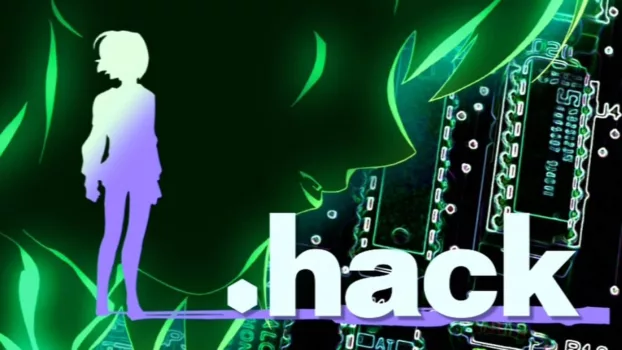
Plot.
Where to Watch.
Cast & Crew.

Kazuhiro Nakata
Bear

Akiko Hiramatsu
BT

Junko Minagawa
Shugo

Mai Nakahara
Rena

Kim Mai Guest
Subaru

Yuki Matsuoka
Mireille

Yuki Kaida
Ouka

Kouichi Mashimo
Original Story / Director / Storyboard Artist / Sound Director

Brianne Brozey
Tsukasa

Kazunori Ito
Original Story / Series Composition / Original Story

Ayako Kawasumi
Hotaru

Yasunori Masutani
Sanjuro

Yoshiyuki Sadamoto
Original Story / Character Designer

Yuki Kajiura
Original Music Composer / Theme Song Performance / Original Music Composer

Soichiro Hoshi
Reki

Masami Kikuchi
Komiyan III

Sakiko Tamagawa
Kamui

Masako Katsuki
Mimika

Takahiro Sakurai
Haseo

Megumi Toyoguchi
Tabby / Mimiru / Tabby

Junpei Takiguchi
Phyllo

Sanae Kobayashi
Pi

Kaori Nazuka
Shino / Subaru / Shino

Hiroki Touchi
Ovan

Ryotaro Okiayu
Sakisaka

Yoshimi Umino
Art Direction

Yuuki Arie
Storyboard Artist / Director

Hiroshi Morioka
Storyboard Artist / Director

Shinya Kawatsura
Storyboard Artist / Director

Kouji Sawai
Storyboard Artist / Series Director / Director

Shunsuke Tada
Storyboard Artist

Katsuaki Kamata
Director of Photography

Masahiro Murakami
Special Effects

Yukie Oikawa
Editor

Chieko Takayama
Editor

Seiji Morita
Editor

Kouji Morimoto
Producer

Kazunori Takagi
Producer

Daisuke Uchiyama
Supervising Producer

Ryouji Maru
Producer

Kuninori Egawa
Producer
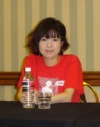
Chiaki Ishikawa
Theme Song Performance

Toru Nakano
Sound Director

Satoshi Oosawa
Character Designer / Animation Director

Yuko Iwaoka
Character Designer / Key Animation / Animation Director

Yukiko Ban
Key Animation / Character Designer / Animation Director

Tatsuya Oka
Mechanical Designer / Key Animation / Animation Director

Makiko Kojima
Color Designer

Minako Shiba
Character Designer

Kenji Teraoka
Mechanical Designer

Akio Shimotsukasa
Key Animation

Sadatoshi Matsuzaka
Key Animation

Tomoaki Kado
Animation Director

Takato Nakajima
Key Animation

Kenichi Umemoto
Key Animation

Yuichi Akimoto
Key Animation

Kenji Yokoyama
Key Animation

Shinya Kokaji
Key Animation

Kunihiko Kimura
Key Animation

Kazuyuki Ikai
Key Animation

Kaname Watabe
Key Animation

Keita Hagio
Key Animation

Hiroyuki Ookaji
Key Animation

Tomoyuki Ohshita
Key Animation

Masaru Yoshioka
Key Animation

Mika Shirota
Key Animation

Yukiko Akiyama
Key Animation

Akihiko Mamashita
Key Animation

Shinichi Iimura
Key Animation

Takashi Iwao
Key Animation

Tomoyo Hosokawa
Key Animation

Keiko Hayashi
Key Animation

Atsuko Takahashi
Key Animation

Satomi Kitahara
Key Animation

Tsutomu Kikuchi
Key Animation

Keiichi Ishida
Key Animation

Toshinori Watanabe
Key Animation

Takao Ozone
Key Animation

Kyoko Kotani
Key Animation

Yuki Chika
Key Animation

Tomoaki Chishima
Key Animation

Satoko Miyachi
Key Animation

Taeko Oda
Key Animation

Yuji Shigekuni
Key Animation

Ryuji Tsuzuku
Key Animation

Miho Azuma
Key Animation

Akinori Fudesaka
Key Animation

Yuichiro Miyake
Key Animation

Motoki Yagi
Key Animation

Shinmei Saito
Key Animation

Osamu Kurosawa
Key Animation

Koji Haneda
Key Animation

Yoshitsugu Hatano
Key Animation

Daisuke Kusakari
Key Animation

Kaori Nakamura
Key Animation

Takaaki Chiba
Key Animation

Kazuhiko Ishii
Key Animation

Kazuko Matsumura
Key Animation

Saori Kasai
Key Animation

Mariko Aikawa
Key Animation

Mamoru Hoshino
Key Animation

Tomoaki Ohta
Key Animation

Akemi Omode
Writer

Michiko Yokote
Writer
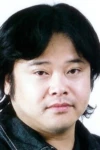
Nobuyuki Hiyama
Balmung / Balmung of the Azure Sky (voice)

Maaya Sakamoto
Aura / Morti / Aura (voice)

Takumi Yamazaki
Yata / AI Harald / Yata / Harald Hoerwick (voice)

Mitsuki Saiga
Tsukasa / An Shouji (voice)

Hiroshi Yanaka
Sora / Sora (voice)

Shin-ichiro Miki
Crim / Crim (voice)

Atsuko Enomoto
A-20 / A-20 (voice)

Sara Nakayama
Kaochin / Kao (voice)

Rie Tanaka
Morganna / Morganna (voice)

Isshin Chiba
Silver Knight / White Knight (voice) / Silver Knight (voice)

Mitsuyo Kondo
Grunty (voice)

Chiemi Chiba
Female Warrior (voice)
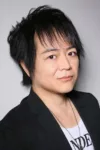
Nozomu Sasaki
Bear's Son (voice)

Kouichi Sakaguchi
Salue (voice) / Warrior (voice) / Swordsman (voice)

Kan Tanaka
Magic User (voice)

Yumi Touma
Helba (voice)
Media.





Details.
Release DateApril 4, 2002
StatusEnded
Seasons3
Episodes64
Running Time25m
Content RatingTV-14
Genres
Wiki.
.hack//Sign (stylized as .hack//SIGN) is a Japanese anime television series directed by Kōichi Mashimo, and produced by studio Bee Train and Bandai Visual, that makes up one of the four original storylines for the .hack franchise. Twenty-six original episodes aired in 2002 on television and three additional bonus ones were released on DVD as original video animation. The series features each characters designed by Yoshiyuki Sadamoto, and written by Kazunori Itō. The score was composed by Yuki Kajiura, marking her second collaboration with Mashimo.The series is influenced by psychological and sociological subjects, such as anxiety, escapism and interpersonal relationships. The series focuses on a Wavemaster (magic user) named Tsukasa, a player character in a virtual reality massively multiplayer online role-playing game called The World. He wakes up to find himself in a dungeon in The World, but he suffers from short-term memory loss as he wonders where he is and how he got there. The situation gets worse when he discovers he is trapped in the game and cannot log out. From then on, along with other players, Tsukasa embarks on a quest to find the truth behind his abnormal situation.
The series premiered in Japan on TV Tokyo from April 4 to September 25, 2002. It was broadcast across East Asia, Southeast Asia, South Asia and Latin America, by the anime television network, Animax, and across the United States, Nigeria, Canada and United Kingdom, by Cartoon Network, YTV and AnimeCentral (English and Japanese) respectively. It was distributed across North America by Bandai.
The storyline moves at a leisurely pace, and has multiple layers — the viewer is often fed false information and red herrings, potentially leading to confusion until the true nature of events is unveiled towards the end of the series. It relies on character development and has few action scenes; most of the time character interaction is presented in the form of dialogue. English language reception to the series has been generally positive, but some of these sources have negatively criticised the series as a result of its slow pacing and character-driven storyline.
You May Also Like.

The Office (2005)

Breaking Bad (2008)
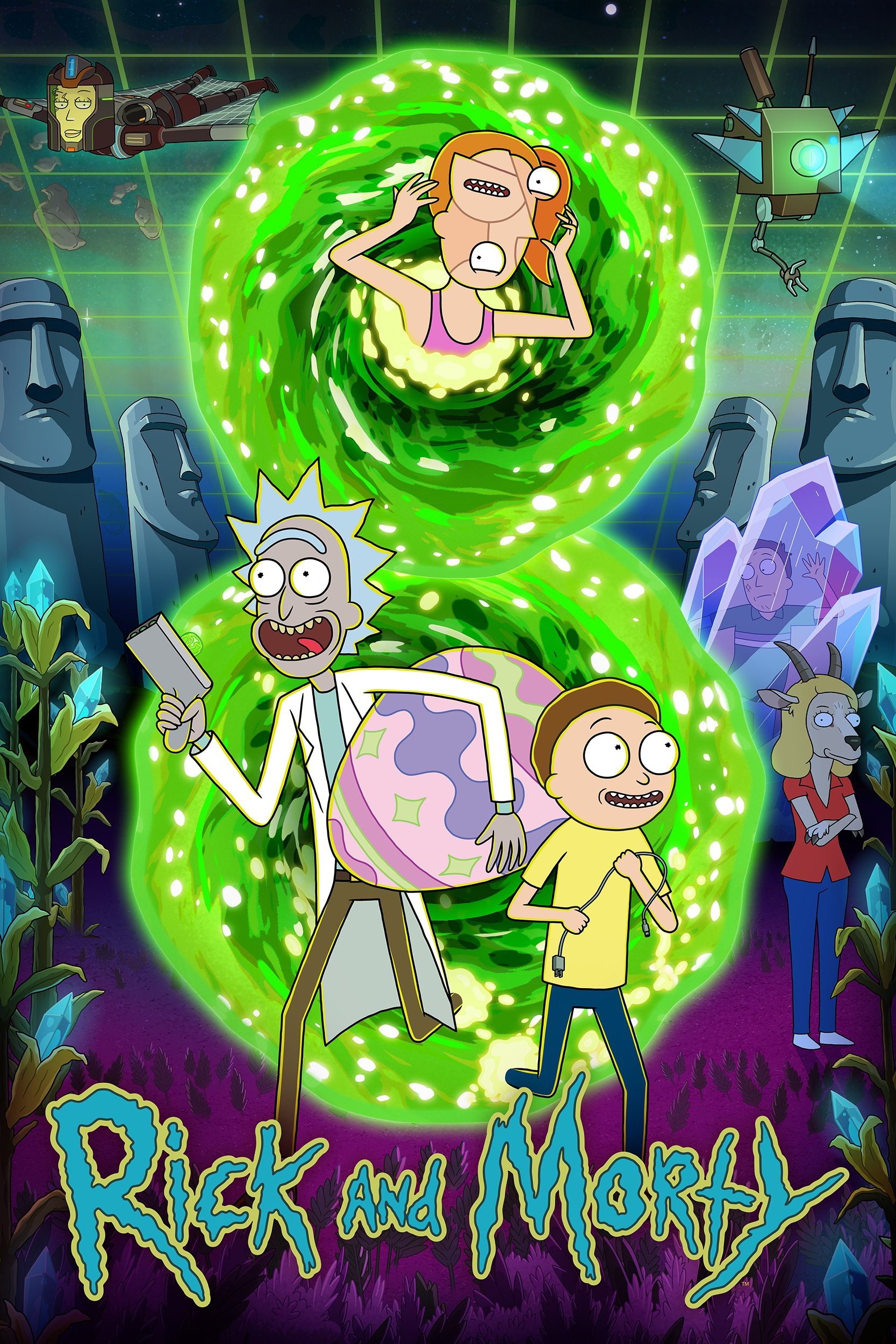
Rick and Morty (2013)
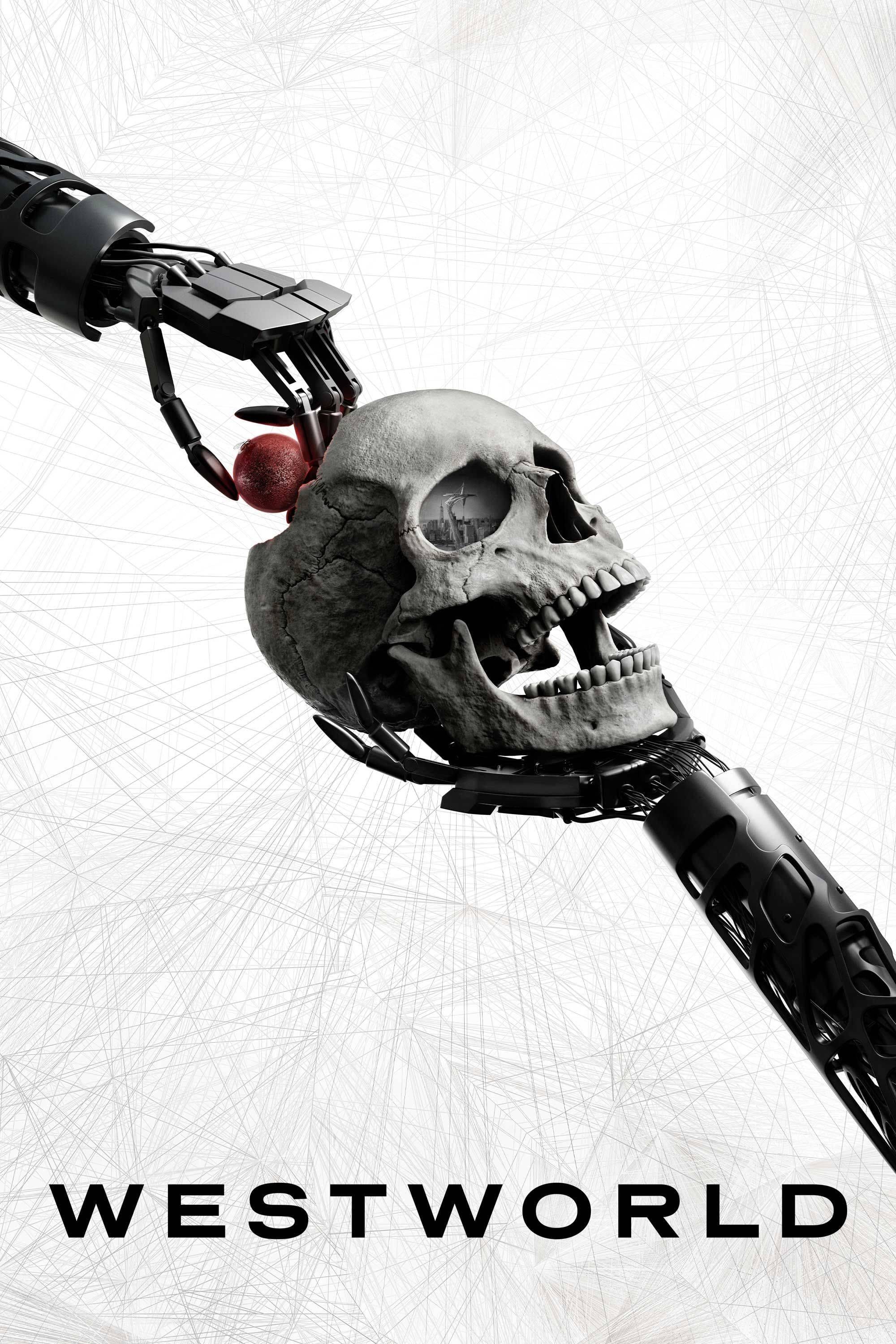
Westworld (2016)
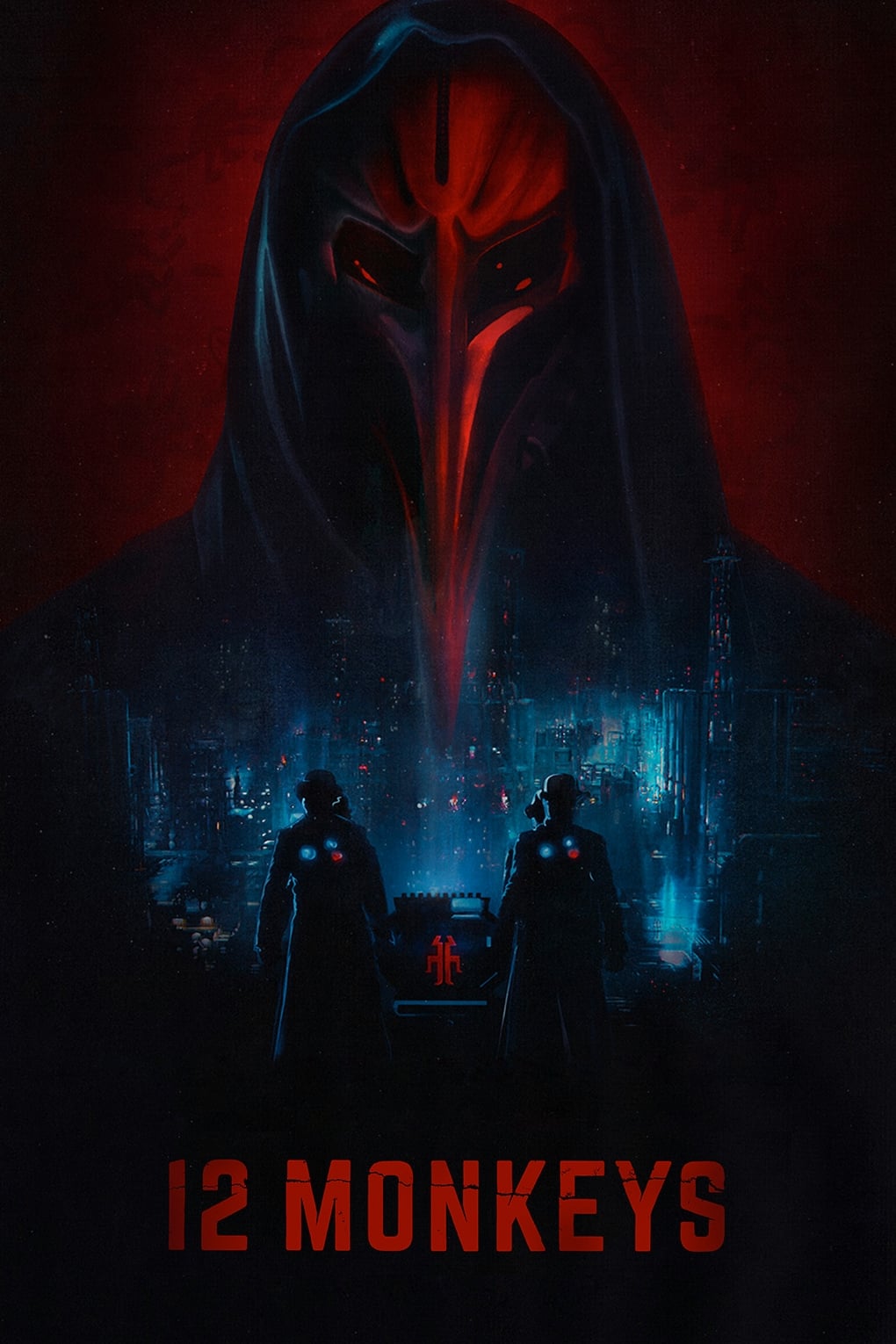
12 Monkeys (2015)
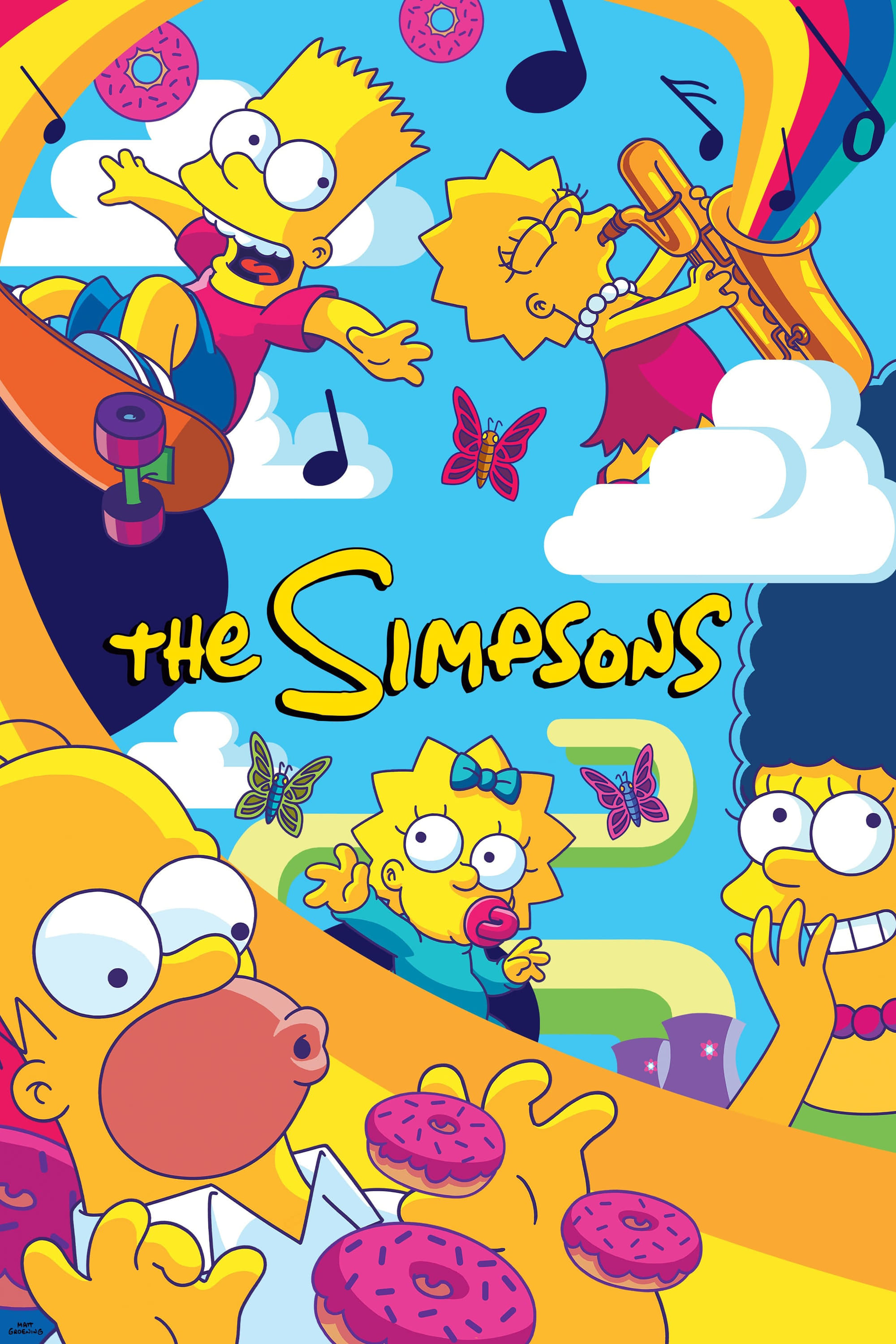
The Simpsons (1989)
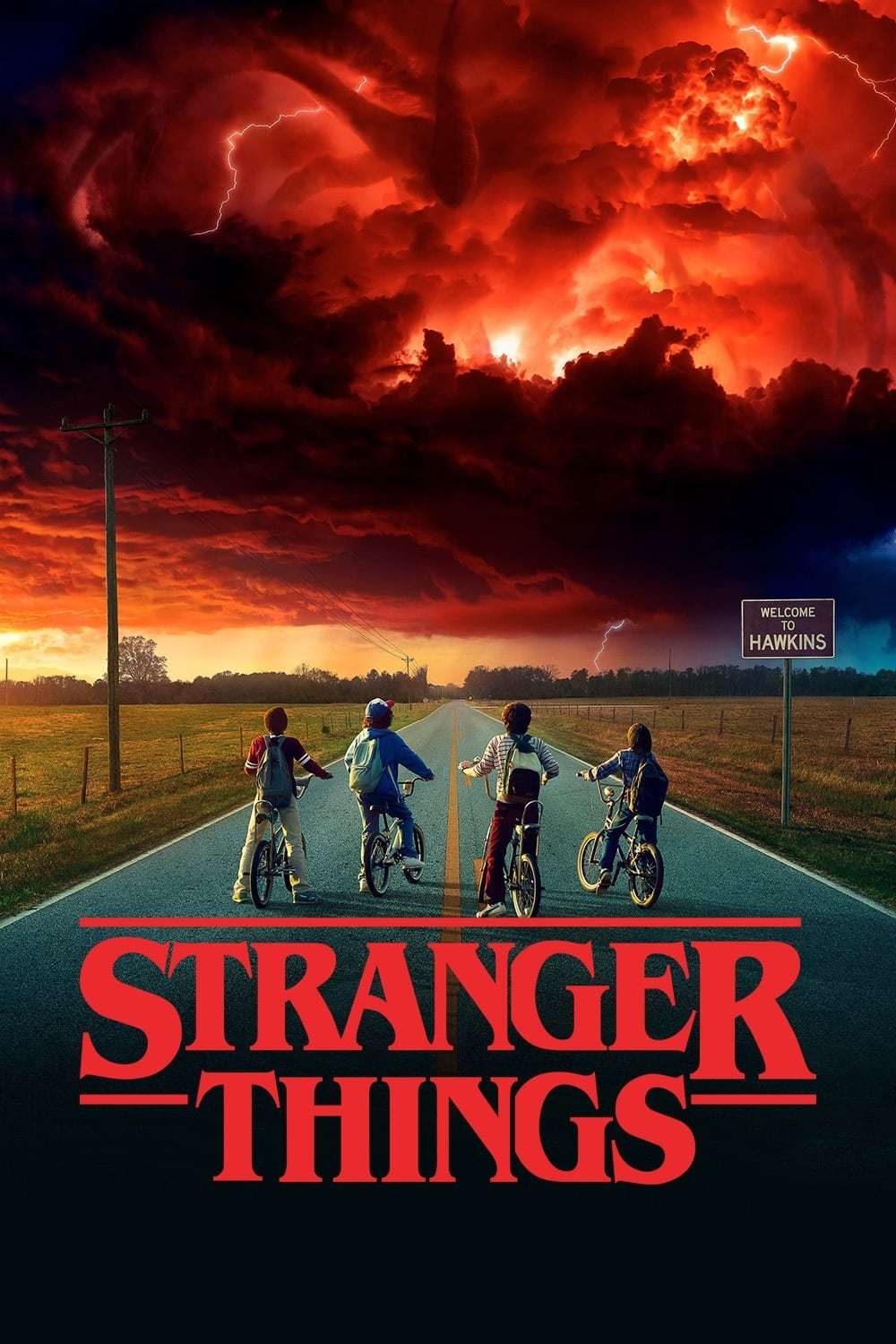
Stranger Things (2016)

The Flash (2014)
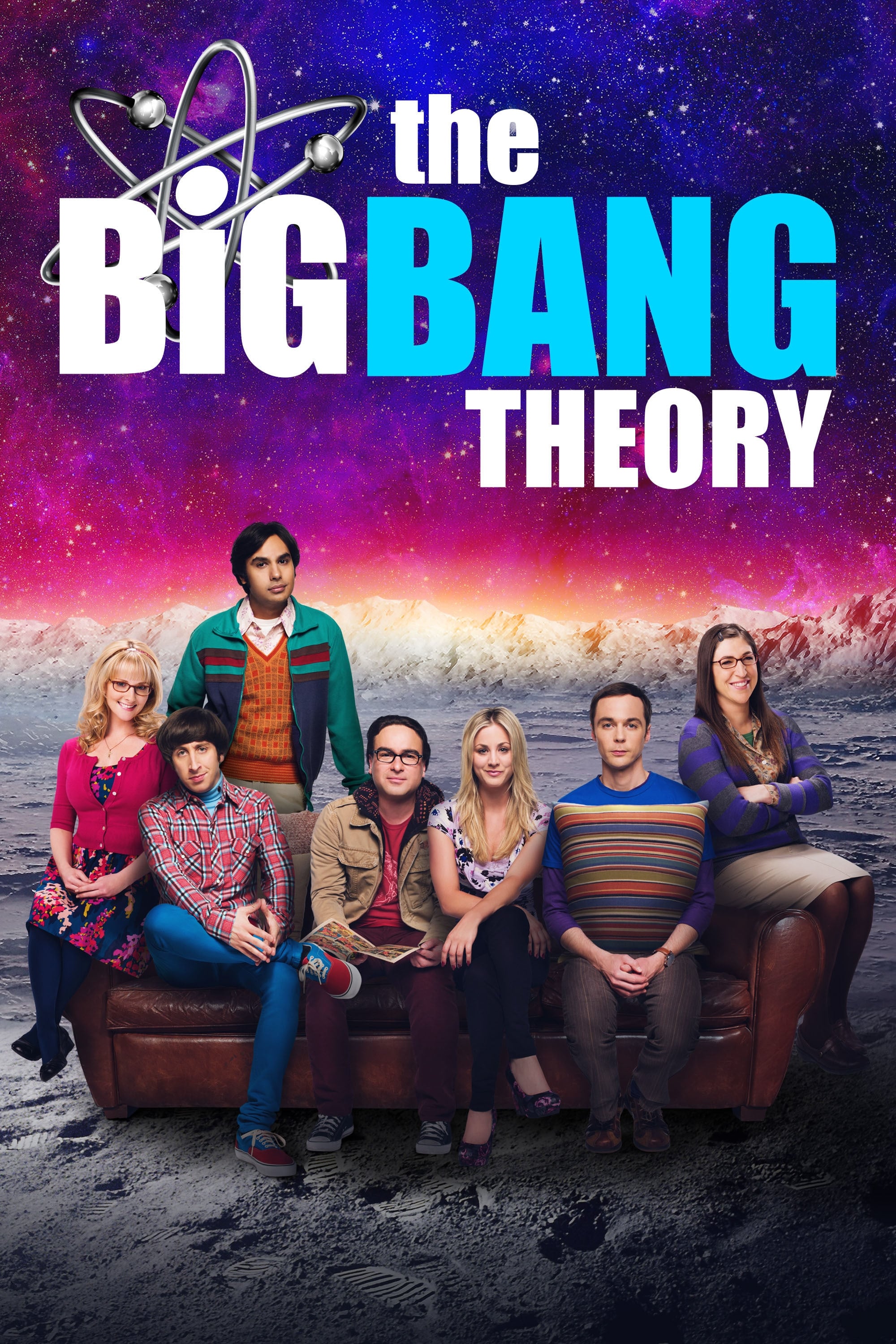
The Big Bang Theory (2007)

The Witcher (2019)

The Boys (2019)

Altered Carbon (2018)
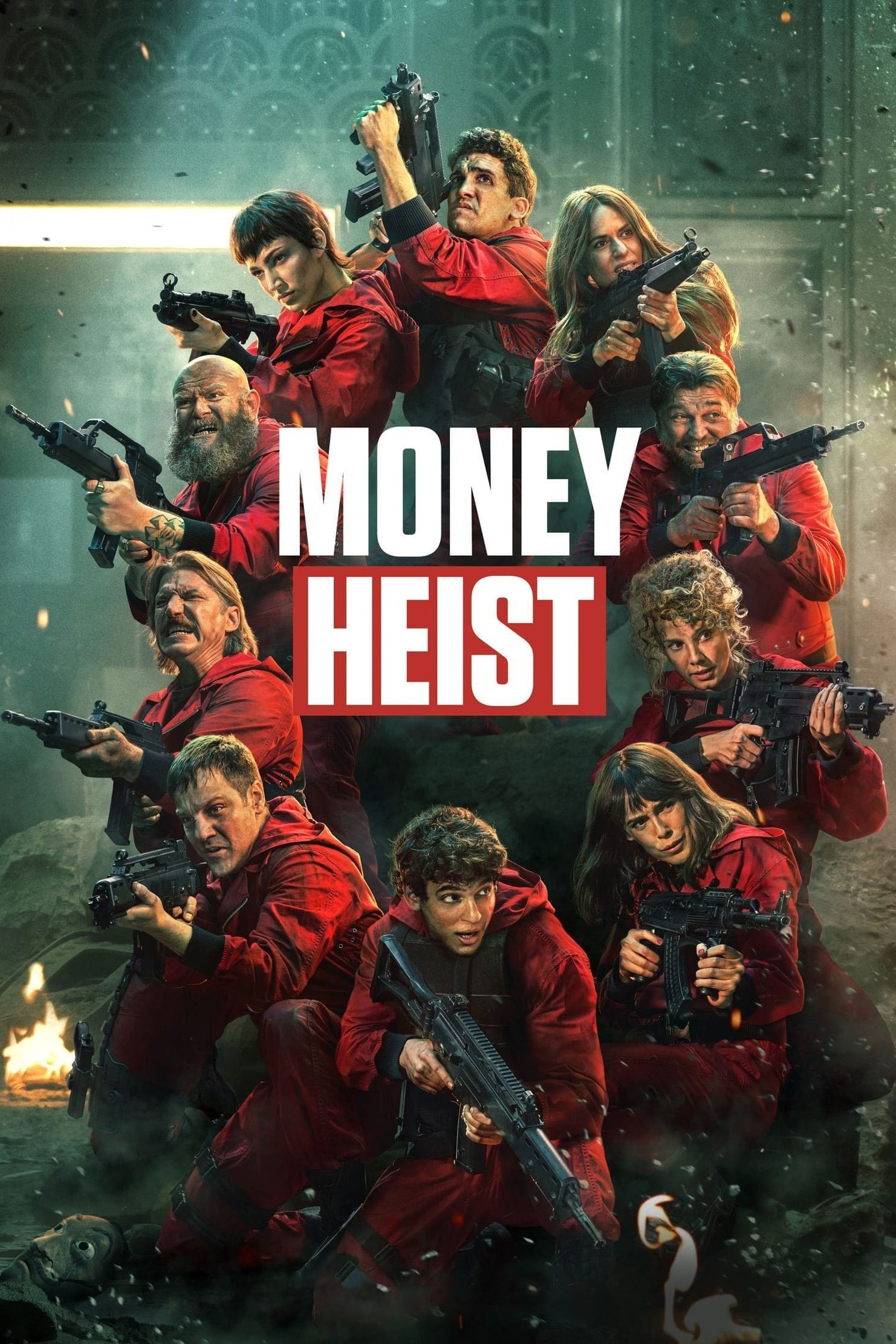
Money Heist (2017)

Chernobyl (2019)

Attack on Titan (2013)

Dark Matter (2015)
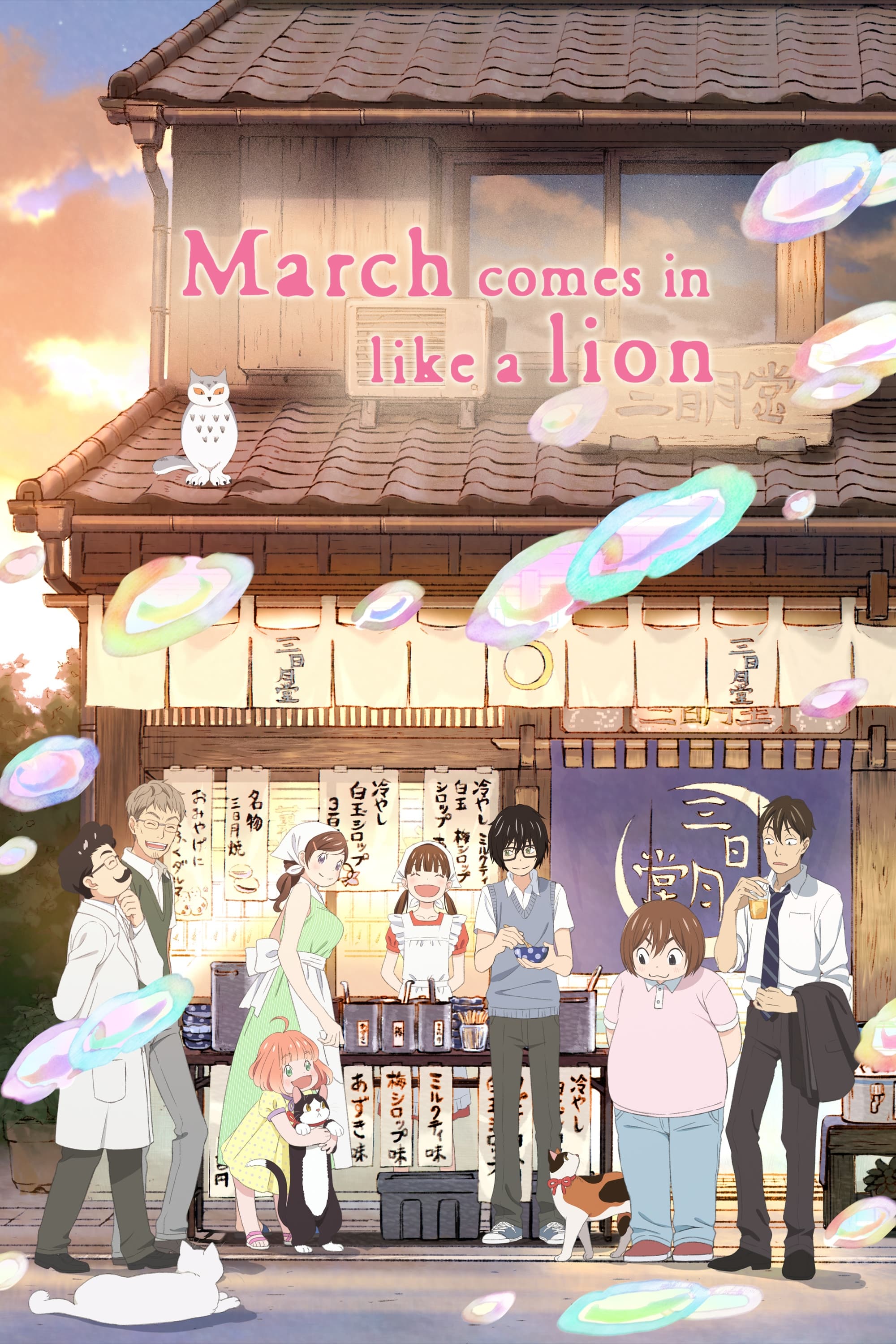
March Comes in Like a Lion (2016)
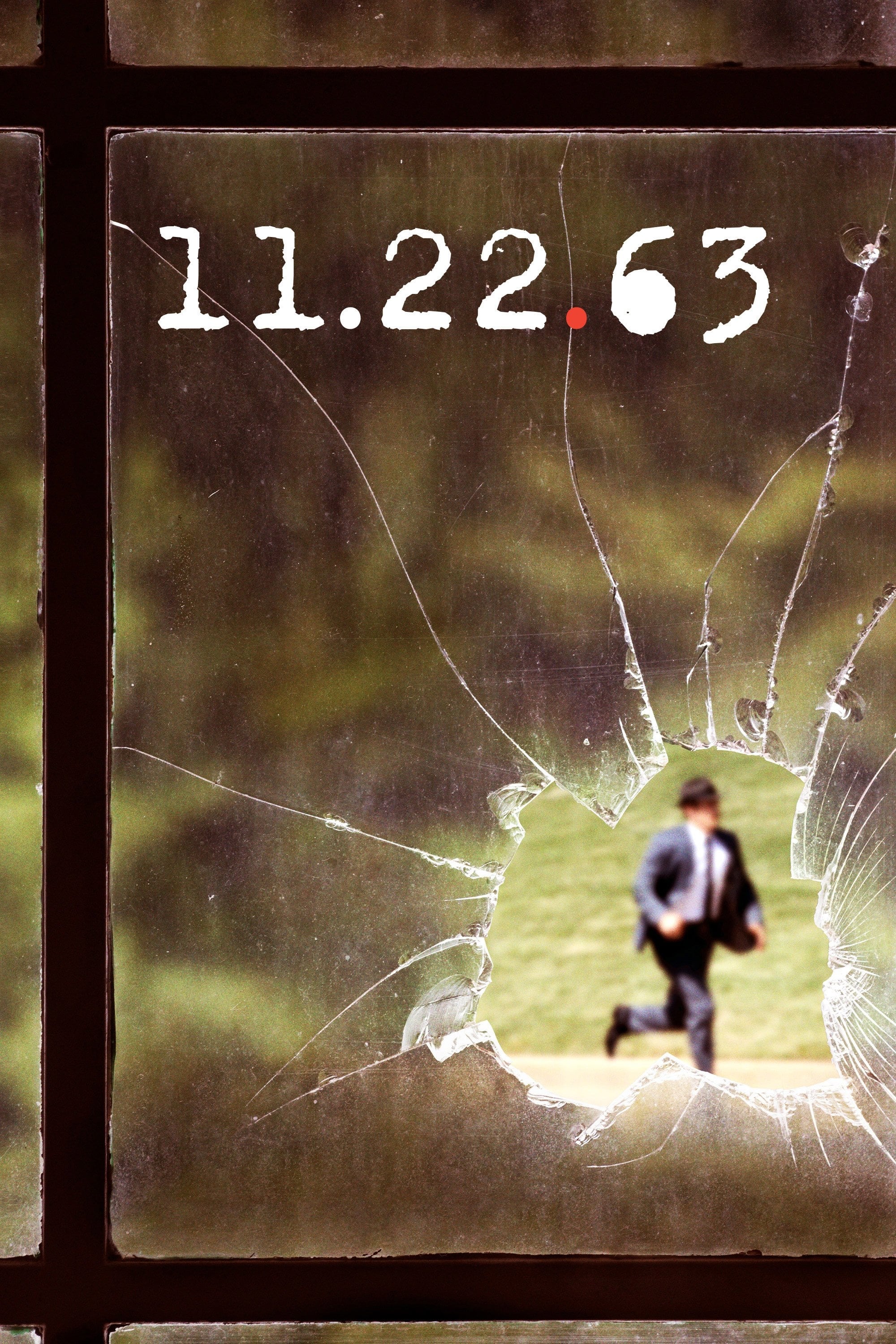
11.22.63 (2016)

Azumanga Daioh (2002)



